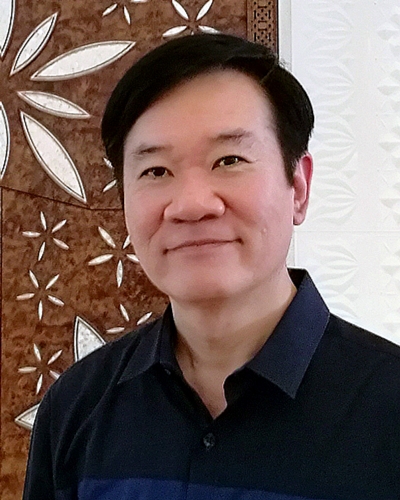Now published, see the full article 
Early Abstract:
Introduction: Longitudinal integrated clerkship (LIC) is a model for continuity of patient care center which built on a foundation of continuity between students, patients, clinicians, and a system of care. In rural setting, students are expected to have an interest in rural medicine and participating in the community. Many schools in United states, Canada, and Australia have implemented LICs in undergraduate programs in many different ways. However, a few published reports in Asia are available. This is the first report of modified LIC in Thailand. The objective is to assess the educational environment of rural LIC using DREEM questionnaire and to compare students' response assessed by this on the basis of the year of study and the different size of hospitals.
Methods: Cross-sectional study was conducted. Study population were 75 clinical year students in 2020. Modified LIC was implemented in rural medicine, a discipline focused on integrated multidisciplinary rural clerkships in penultimate year. Clinical clerkships in rural setting took place 12 weeks for fourth year students and 14 weeks for fifth year students. Practical exposure to several clinical areas included internal medicine, psychiatry, surgery, pediatrics, obstetrics and gynecology, emergency medicine, and family medicine in outpatient and inpatient settings. Dundee Ready Education Environment Measure (DREEM) was used to evaluate students’ perceptions of learning climate. Data analysis was performed to determine the different size of hospitals and other factors associated with favorable educational environment.
Results: The response rate was 96%. Overall DREEM score was 137.7 of 200. Students’ perceptions of learning were 30.1 of 48. Students’ perceptions of teachers were 35.7 of 44. Students’ academic self-perceptions were 18.7 of 32. Students’ perceptions of atmosphere were 30.4 of 48. Students’ social self-perceptions were 18.3 of 28. Academic subscale had lowest percentage of scores regarded as confidence in knowledge gain. The factors associated with positive educational environment were staff as principal preceptors and large size hospitals.
Conclusions: LIC implementation in a community health system is a model for expanding clinical clerkships. A good infrastructure of hospitals to be host and enthusiastic preceptors are the key success factors. Staff’s supervision is essential to encourage students’ learning especially in academic environment. Large size hospitals have better infrastructure to support learning processes than small size hospitals.


